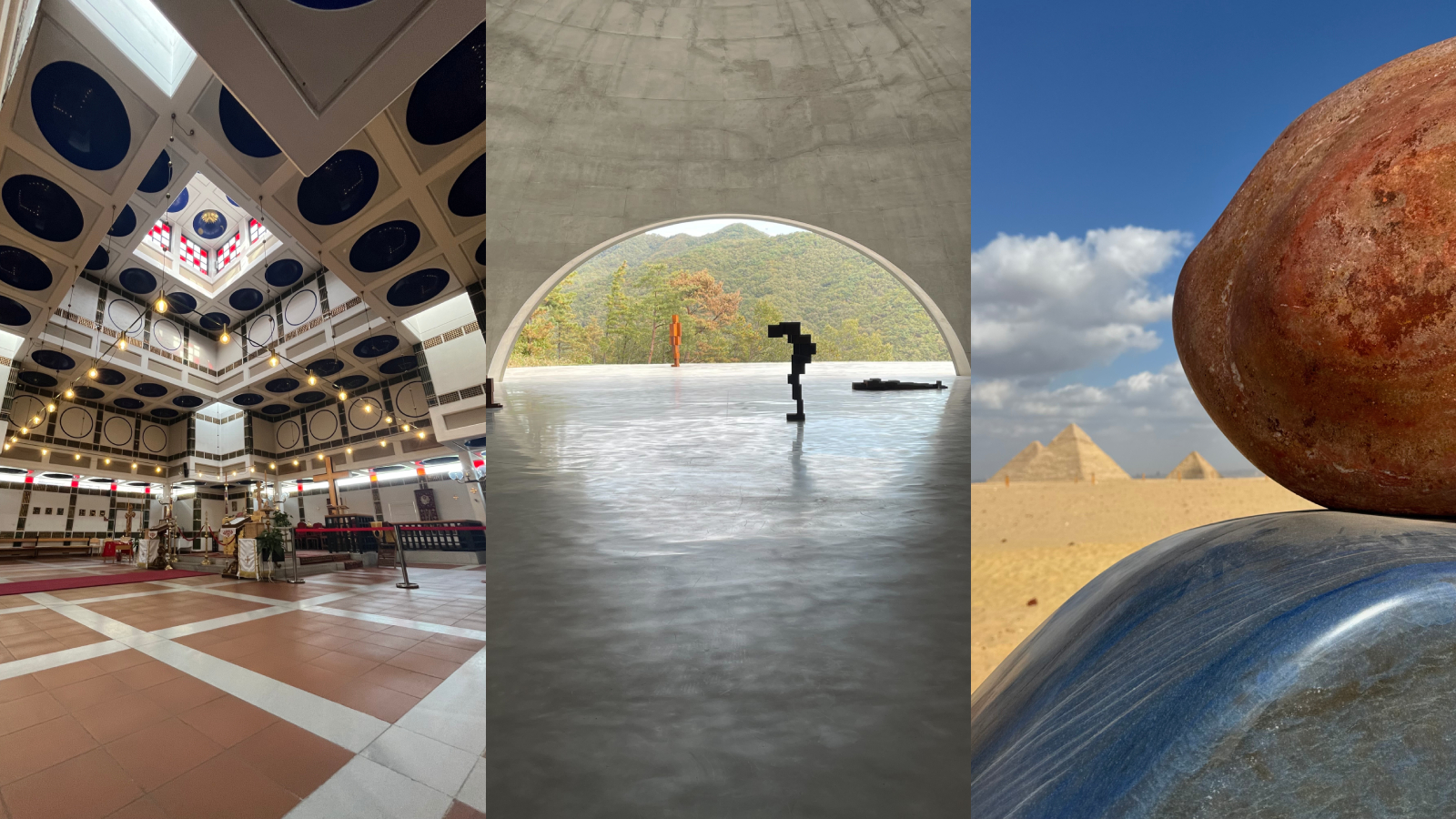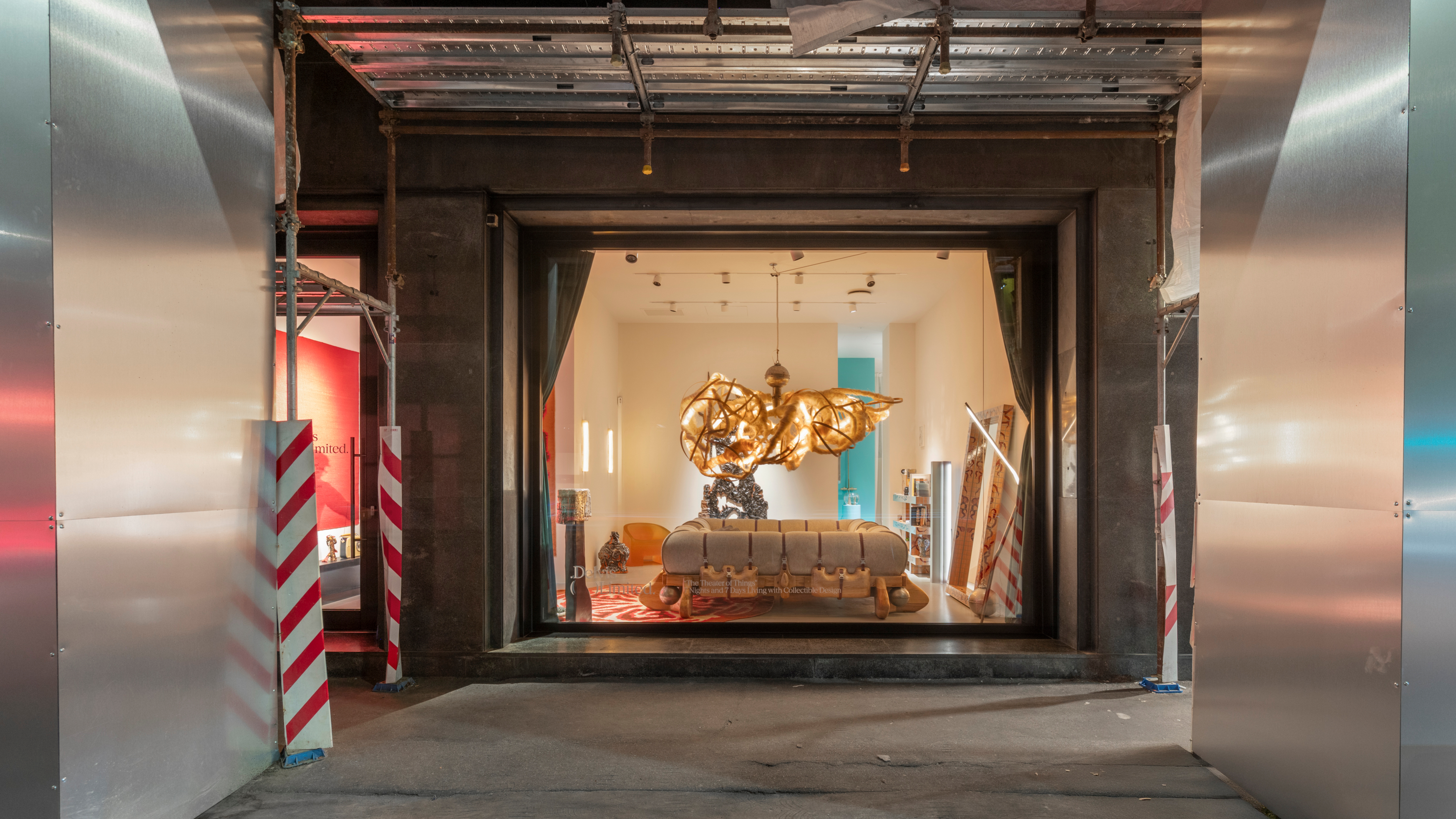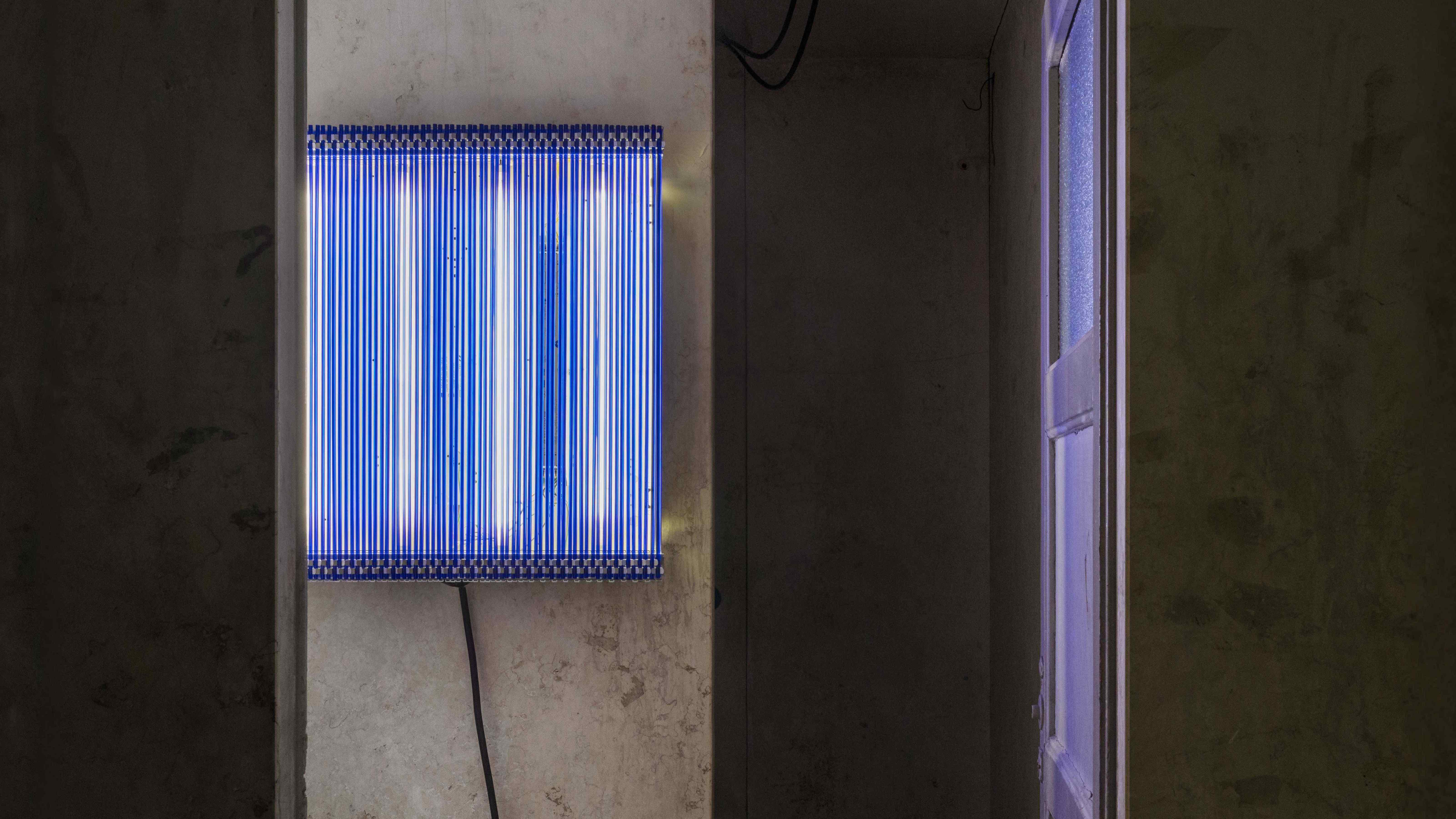Pioneering designer Gae Aulenti’s illustrious career is celebrated in a new Milan retrospective
Gae Aulenti, the Italian designer, architect and original thinker, is celebrated with a dedicated retrospective at Milan’s Triennale Design Museum

Throughout her career, few cast a longer shadow on the landscape of Italian design than Gae Aulenti. An architect, designer and creative polymath, she was born in the Italian region of Friuli Venezia Giulia in 1927, where her father worked as a tax collector and her mother as a school teacher. In 1953, she graduated from Milan’s Politecnico University, beginning a career spanning six fruitful decades. Aulenti is perhaps best known for her innate ability to beautifully integrate art, design and architecture. She could shift easily from large-scale public projects to intimate domestic spheres, and then toggle between styles without effort.
Her furniture, for instance, went from referencing Art Nouveau decorative details – as in the swooping shape of her bentwood ‘Sgarsul’ rocking chair from 1962 – to incorporating industrial and found materials, such as in her 1993 ‘Tour’ table made of tempered glass and four working bicycle wheels. However, the fil rouge that binds all her work is a clear-headed view towards the future – a fact that is now being celebrated in a wide-ranging exhibition, ‘Gae Aulenti (1927-2012)’, at Milan’s Triennale Design Museum, which runs until 16 October 2024.
‘Gae Aulenti (1927-2012)’, at Milan’s Triennale Design Museum

A recreation of the Brion family’s home in San Michele di Pagana
The wide-ranging exhibition takes a two-pronged approach to documenting Aulenti’s work. The first consists of a series of 1:1 scale reproductions of several of her most influential interior and architectural projects. Visitors enter into the exhibition by passing through a recreation of her ‘Arrival at the Seaside’ installation for the 13th Triennale exhibition in 1964, a series of sketches of robed women blown up to life size and set against a reflective background beneath an undulating textile ceiling.
Moving deeper into the gallery, visitors are then deposited into the Olivetti showroom in Buenos Aires, which Aulenti designed in 1968. Here, a set of risers act as a display for Olivetti’s products, many of which were designed by Aulenti, including her ‘King Sun’ lamp, made for Kartell in 1967, as well as typewriters by the likes of Ettore Sottsass and Marcello Nizzoli.

The show also recreates Aulenti's ‘Arrival at the Seaside’ installation from 1964
A medley of interiors from the 1970s and 1980s sits in the centre of the gallery. There is the Fiat showroom on Zurich’s Beethovenstrasse, designed in 1973, where Aulenti propped up a pair of then-brand-new Fiat Rallys on a sloping floor reminiscent of a race track. The scene then shifts into a recreation of the Brion family’s home in San Michele di Pagana.
The white, low-lit living room, complete with Aulenti’s bent aluminium ‘Stringa’ sofa from Poltranova and a marble ‘Jumbo’ table designed for Knoll, is arranged like a museum, where sculptures, plants, candles and a selection of her lamps – the 1968 ‘Oracolo’ for Artemide, and the ‘Pipstrello’ from 1965 and the ‘Ruspa’ from 1971, both for Martinelli Luce – have been placed atop a set of carpeted steps. Also included are sections of the Musée d’Orsay in Paris from 1986, her design for an underground station in Naples, sets for the production of Elektra by Richard Strauss at La Scala and, as visitors exit the gallery, a slice of the San Francesco d’Assisi airport in Umbria, which Aulenti designed in 2012.

‘King Sun’ lamps in the recreated Buenos Aires Olivetti showroom, which Aulenti designed in 1968
The exhibition also includes a chronological account of Aulenti’s life and major projects. Organised around the perimeter of the space are photographs, drawings, letters, models and other ephemera from her meticulously preserved archive: from plans for her first-ever house design in San Siro, Milan to an hour-by-hour itinerary for a trip to India. But perhaps the most moving element of the exhibition is its location.
Receive our daily digest of inspiration, escapism and design stories from around the world direct to your inbox.
Throughout her career, Aulenti returned again and again to Palazzo dell’Arte, where the Triennale Design Museum is located: from staging her ‘Arrival at the Seaside’ installation in 1964, to restructuring of the museum’s galleries in 1990, and later receiving the Medaglia d’Oro award for lifetime achievement in design, shortly before her death in 2012. Now, this new exhibition cements her lasting role as a titan of Italian design.



The original staging of Arrivo al Mare (‘Arrival at the Seaside’), at the XIII Triennale, 1964
‘Gae Aulenti (1927-2012)’ is on display at Triennale Milano until 12 January 2025 triennale.org
Laura May Todd, Wallpaper's Milan Editor, based in the city, is a Canadian-born journalist covering design, architecture and style. She regularly contributes to a range of international publications, including T: The New York Times Style Magazine, Architectural Digest, Elle Decor, Azure and Sight Unseen, and is about to publish a book on Italian interiors.
-
 The Wallpaper* team’s travel highlights of the year
The Wallpaper* team’s travel highlights of the yearA year of travel distilled. Discover the destinations that inspired our editors on and off assignment
-
 In 2025, fashion retail had a renaissance. Here’s our favourite store designs of the year
In 2025, fashion retail had a renaissance. Here’s our favourite store designs of the year2025 was the year that fashion stores ceased to be just about fashion. Through a series of meticulously designed – and innovative – boutiques, brands invited customers to immerse themselves in their aesthetic worlds. Here are some of the best
-
 The architecture of Mexico's RA! draws on cinematic qualities and emotion
The architecture of Mexico's RA! draws on cinematic qualities and emotionRA! was founded by Cristóbal Ramírez de Aguilar, Pedro Ramírez de Aguilar and Santiago Sierra, as a multifaceted architecture practice in Mexico City, mixing a cross-disciplinary approach and a constant exchange of ideas
-
 Dine within a rationalist design gem at the newly opened Cucina Triennale
Dine within a rationalist design gem at the newly opened Cucina TriennaleCucina Triennale is the latest space to open at Triennale Milano, a restaurant and a café by Luca Cipelletti and Unifor, inspired by the building's 1930s design
-
 20 emerging designers shine in our ‘Material Alchemists’ film
20 emerging designers shine in our ‘Material Alchemists’ filmWallpaper’s ‘Material Alchemists’ exhibition during Milan Design Week 2025 spotlighted 20 emerging designers with a passion for transforming matter – see it now in our short film
-
 Tokyo design studio We+ transforms microalgae into colours
Tokyo design studio We+ transforms microalgae into coloursCould microalgae be the sustainable pigment of the future? A Japanese research project investigates
-
 Delvis (Un)Limited turns a Brera shopfront into a live-in design installation
Delvis (Un)Limited turns a Brera shopfront into a live-in design installationWhat happens when collectible design becomes part of a live performance? The Theatre of Things, curated by Joseph Grima and Valentina Ciuffi, invited designers to live with their work – and let the public look in
-
 Naoto Fukasawa sparks children’s imaginations with play sculptures
Naoto Fukasawa sparks children’s imaginations with play sculpturesThe Japanese designer creates an intuitive series of bold play sculptures, designed to spark children’s desire to play without thinking
-
 Inside the Shakti Design Residency, taking Indian craftsmanship to Alcova 2025
Inside the Shakti Design Residency, taking Indian craftsmanship to Alcova 2025The new initiative pairs emerging talents with some of India’s most prestigious ateliers, resulting in intricately crafted designs, as seen at Alcova 2025 in Milan
-
 Faye Toogood comes up roses at Milan Design Week 2025
Faye Toogood comes up roses at Milan Design Week 2025Japanese ceramics specialist Noritake’s design collection blossoms with a bold floral series by Faye Toogood
-
 6:AM create a spellbinding Murano glass showcase in Milan’s abandoned public shower stalls
6:AM create a spellbinding Murano glass showcase in Milan’s abandoned public shower stallsWith its first solo exhibition, ‘Two-Fold Silence’, 6:AM unveils an enchanting Murano glass installation beneath Piscina Cozzi